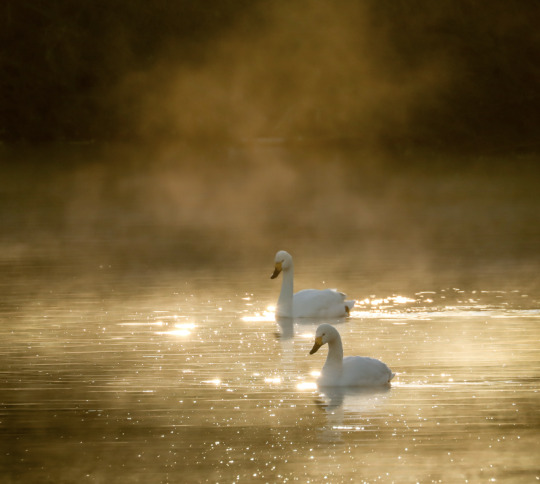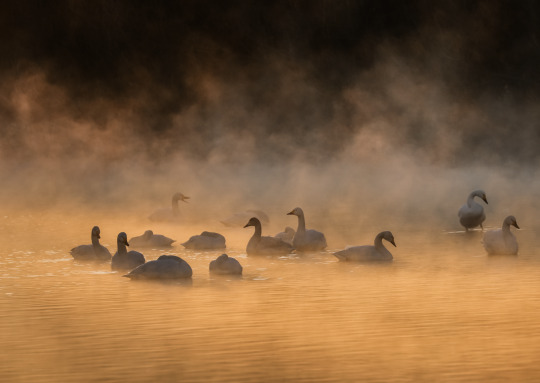#lake birds
Photo


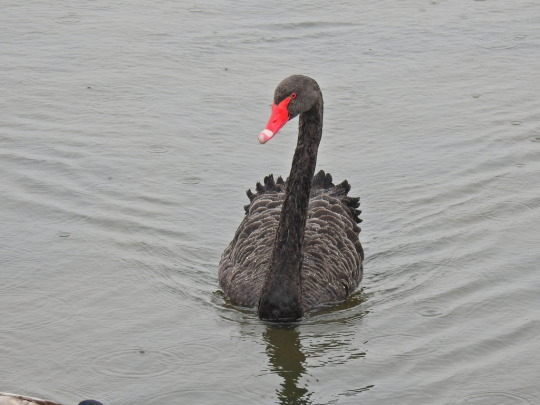
Surprising Black Swans
A popular ornamental waterbird in Europe and North America, the black swan (Cygnus atratus) is a species of swan endemic to Australia and New Zealand. In both their native and introduced ranges they can be found near bodies of fresh or salt water, especially lakes and wetlands with plenty of aquatic vegetation. The species is highly nomadic, and migrate based on yearly rainfall patterns.
Black swans are the second largest swan species, with a maximum weight of 9 kg (19.8 lbs) and a wingspan of 2 m (6.6 ft). Despite being smaller, black swans have the longest neck of any swan. Males, also known as cobs, are slight larger than females-- aka pens. As their name suggests, C. atratus has black plumage, although the flight feathers on their wings are white. The beak is a bright red with a white stripe, thought to be indication of an individuals health and sexual maturity.
Like all swans, the black swan mates for life. In addition to their high fidelity rates, C. atratus is also unique for its high rates of homosexual couples; about 25% of pairings are between individuals of the same sex (primarily males). These mates are known to steal eggs from other nests or form temporary ‘throuples’ with a member of the opposite sex, and some research has shown that homosexual couples are more than twice as likely to successfully raise their young as heterosexual couples.
The mating season for black swans occurs from February to September. While pairs are generally solitary, groups will nest in the same area to increase the chances of finding a mate and decrease the risk of predation. Pairs form when one an individual approaches another and initiates a ritual known as the Triumph Ceremony, in which the individual extends their wings and calls out. If the mate is receptive, they will repeat the gesture, and the pair will then go through a synchronous dance to solidify their pairing. This ceremony is repeated multiple times throughout each breeding season to strengthen the pair’s bond and affirm that between parent and chick.
Females lay 5 or 6 eggs in a clutch, and will alternate incubating them with her partner for 35 to 48 days. After hatching, the young- also known as cygnets- are fairly precocial but will stay in or near the nest for 2 to 3 weeks. It takes up to 6 months for them to completely lose their grey down and grow their adult plumage, though they remain with their family units for up to 9 months. Once they have fully fledged, juveniles join groups of other cygnets for 1-2 years, at which point they become sexually mature.
Black swans can present an intimidating threat to potential predators, so there are few animals that attack fully grown adults. However, eggs and young cygnets can be a target for ravens, birds of prey, and rodents. C. atratus themselves are herbivores and feed primarily on aquatic vegetation.
Conservation status: the IUCN has classified the black swan as Least Concern, and their native populations are stable.
If you like what I do, consider leaving a tip or buying me a ko-fi!
Photos
Damian Shaw
Richard Tommy Campion
Susan Marley via iNaturalist
#black swan#Anseriformes#Anatidae#swans#water fowl#fowl#water birds#birds#freshwater fauna#freshwater brids#lakes#lake birds#wetlands#wetland birds#urban fauna#urban birds#oceania#australia
315 notes
·
View notes
Text
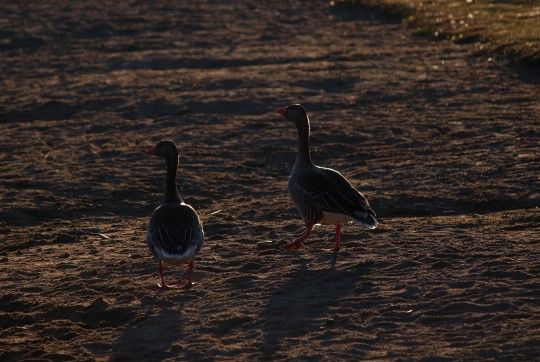



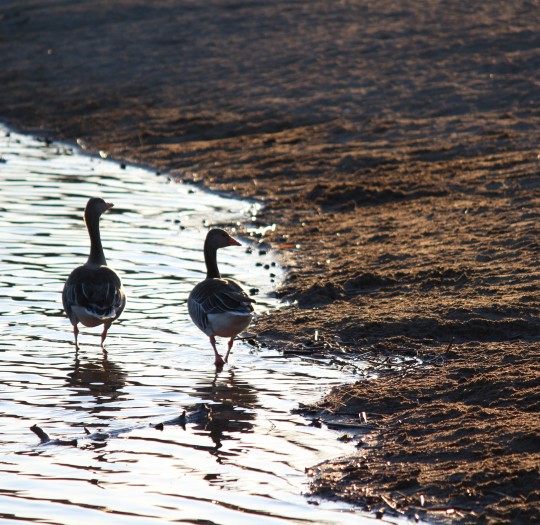
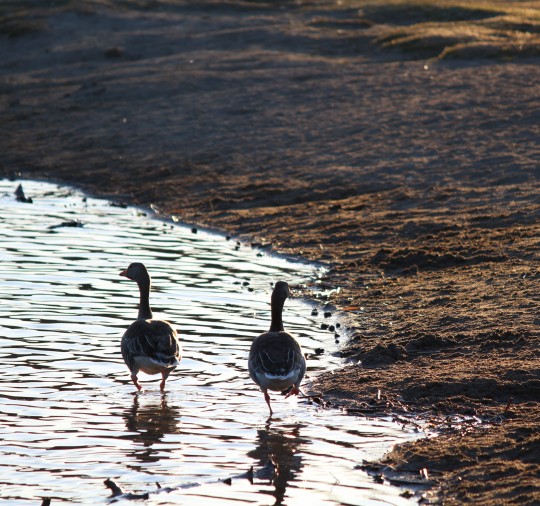
a walk on the shore
#nature#photography#sweden#nature photography#canon#photographers on tumblr#beauty#beauty of nature#birds#bird photography#bird#birdwatching#water birds#lake birds#lake#water#nature reserve#nature reserve lake#lakewater#lake water#still water#lake waters#shore#beach#shoreline#sunset#sunlight#spring#bright#spring aesthetic
25 notes
·
View notes
Text



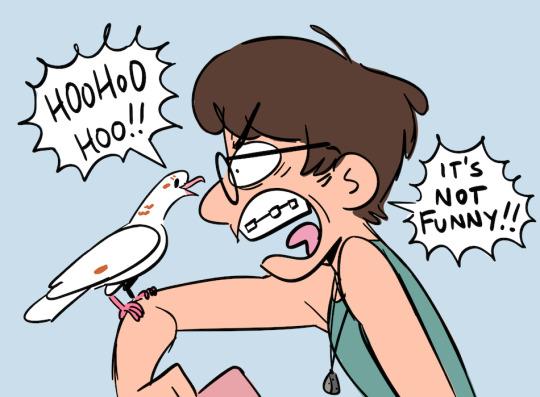
she gets a little carried away with the preening sometimes
4K notes
·
View notes
Text
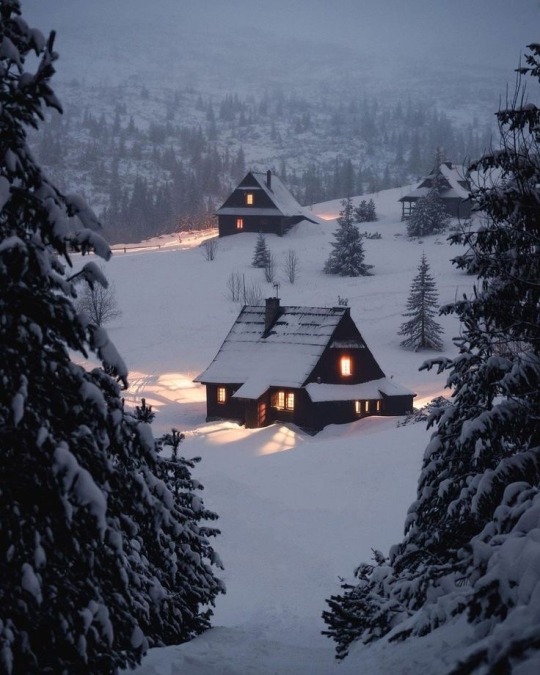

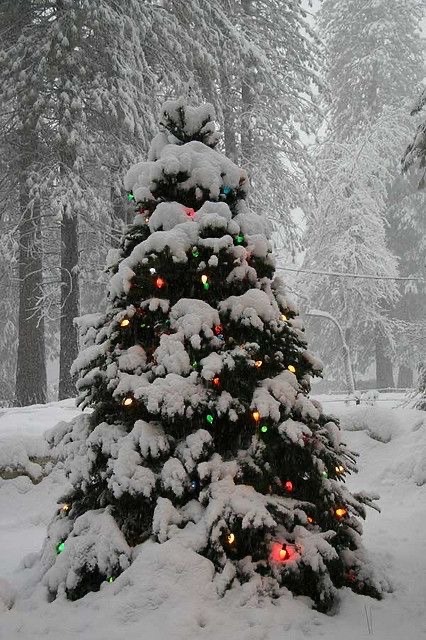


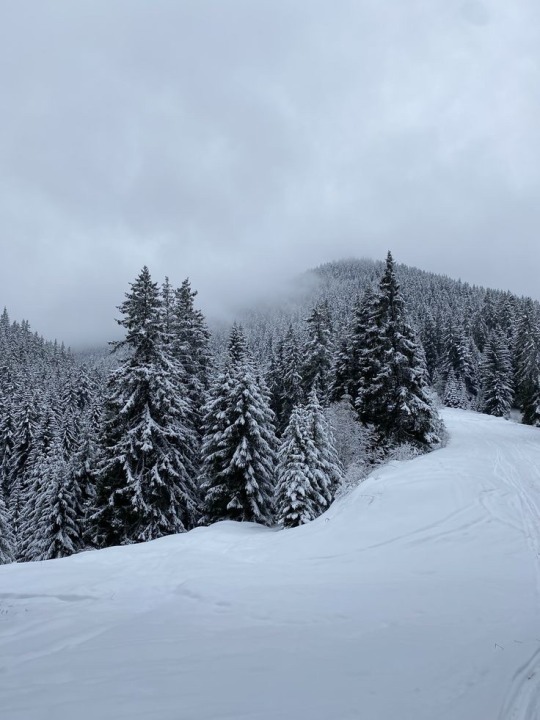
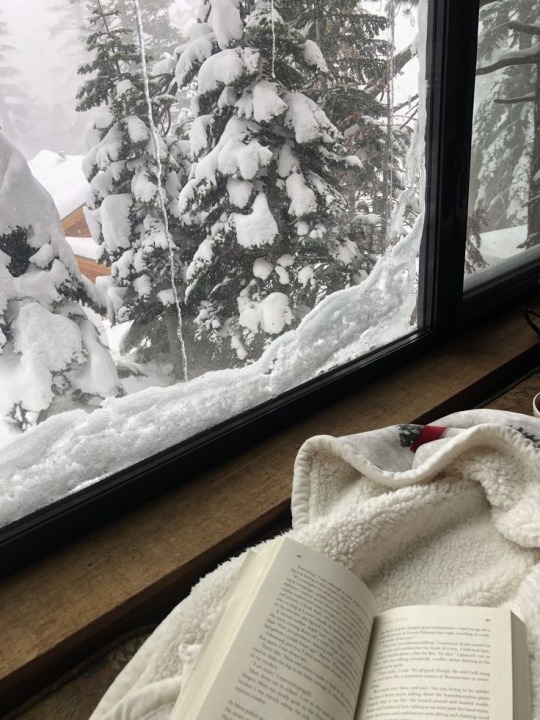
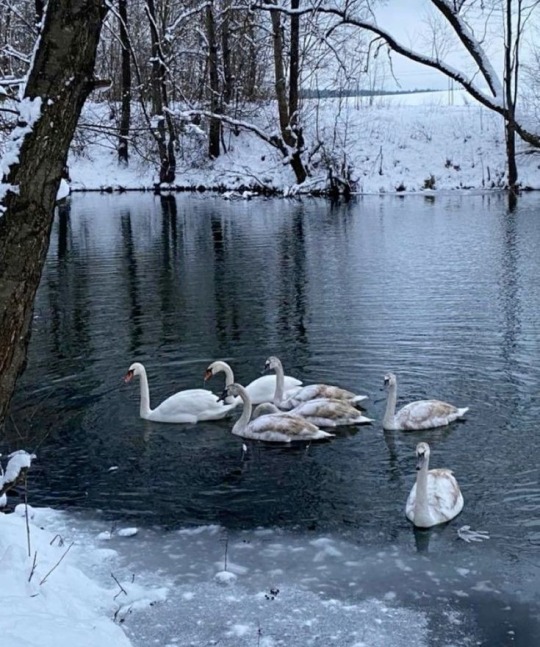

𝒶 𝓌𝒾𝓃𝓉𝑒𝓇 𝓌𝑜𝓃𝒹𝑒𝓇𝓁𝒶𝓃𝒹…
#xmas is so close i can’t believe it#moodboard#snow#winter#forest#aesthetic#nature#trees#lake#christmas#mountains#scenery#cottagecore#plants#cozy#birds#naturecore
3K notes
·
View notes
Video
youtube
Migratory Lake Birds
#youtube#lake birds#lakeside#lakelife#migratory#mogratory bird#birdsofinstagram#bird photography#birding#birds#bird#wildlifephotography#wildlife#wilderness#nature photography#original photographers#photographers on tumblr
0 notes
Photo

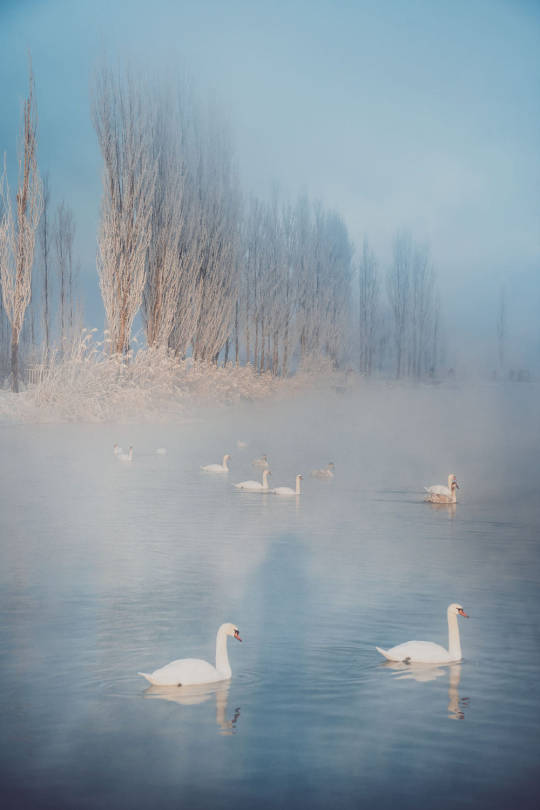
by Nigell_Yang
4K notes
·
View notes
Text

water birds 🌿🌊
2K notes
·
View notes
Photo


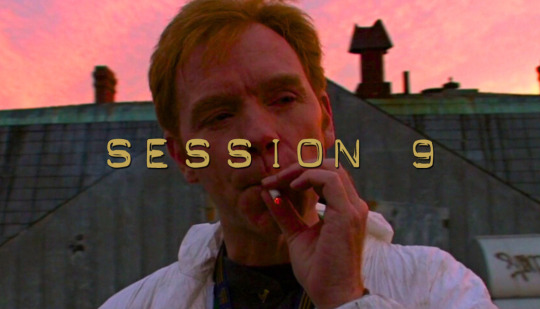
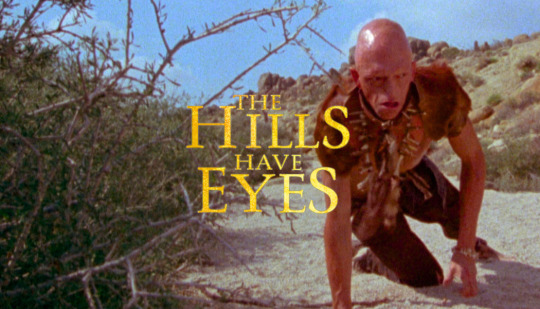

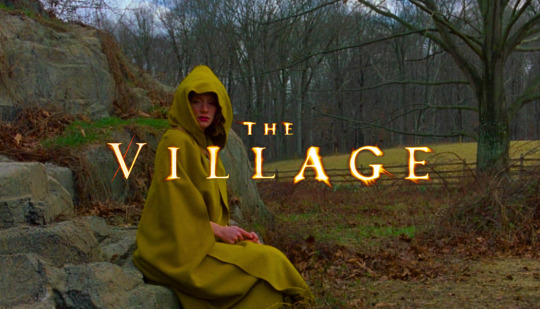
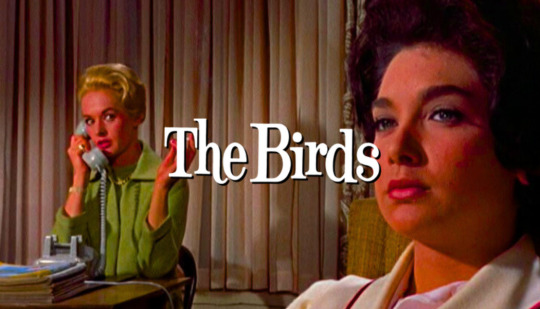
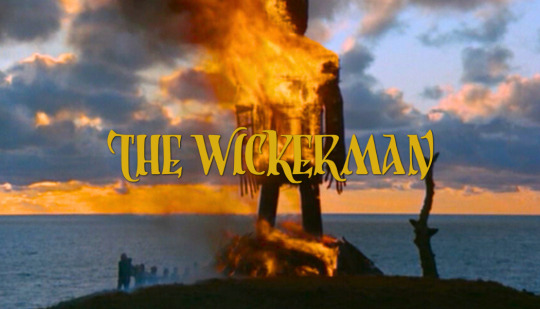


horror sub-genres • daylight horror
daylight horror is simple. take any traditional horror scenario and set it outside in the middle of the day. the sun provides a false sense of security that horror stories can exploit and turn on its head.
#horror movies#horror#horror sub-genres#daylight horror#jaws#midsommar#session 9#the hills have eyes#lake placid#the village#the birds#the wicker man#tremors#witchfinder general#moviesedit#horroredit#filmedit#cinema
2K notes
·
View notes
Text


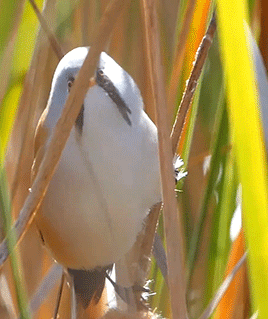
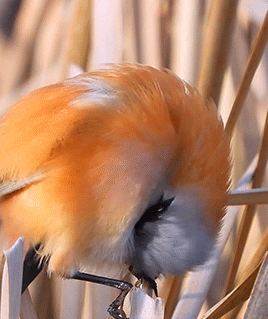

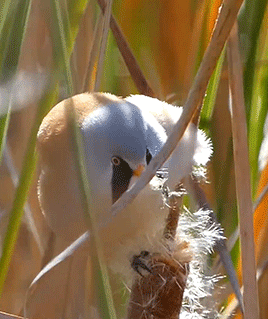
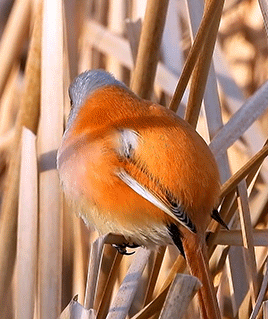

🪶🥸bearded reedling🥸🪶
447 notes
·
View notes
Text
Lake sights and sounds just before sunrise. First sunlight has lit the ridge red and those red-winged blackbirds are back.
373 notes
·
View notes
Text




#mysterious nature vibes ✧˖°#moodboard#aesthetic#dark cottagecore#aes#cottagecore#cottage aesthetic#naturecore#nature#water#lake#cozycore#green aesthetic#birds#dark aesthetic#fairy#fairycore#forest#forestcore#aesthetic moodboard
7K notes
·
View notes
Text

Some coast striker concept doodles, mostly to showcase their weirdo double tongue + i love drawing teeth. Also whelps are see through when they hatch, most lose this quality as they grow, but a few (especially in the Deepwater) keep their translucency well into adulthood.
A small fun fact, many humans call coast strikers "grinning deaths" as their toothy snarls can look like a grin to a person. Given their amount of teeth and their two tongues, other AshWings can find them a bit unsettling
#wings of fire#wof#ashwing#dragons#art#oh yeah remember those region variation drawings i made? im dividing the coast into three regions: the deepwater (open ocean/seabed)#the saltwater (the coastal cliffs) and the freshwater (more inland in the peninsula lots of#wetlands and rivers and lakes. kinda like everglades and mangroves in some areas#however im not sure about the eggs. hmmmm#bc its like this OR regular eggs with an almost conical shape which i believe is common in cliff birds? so the eggs spin on the same place#instead of out of the nest and falling to their doom
380 notes
·
View notes
Text

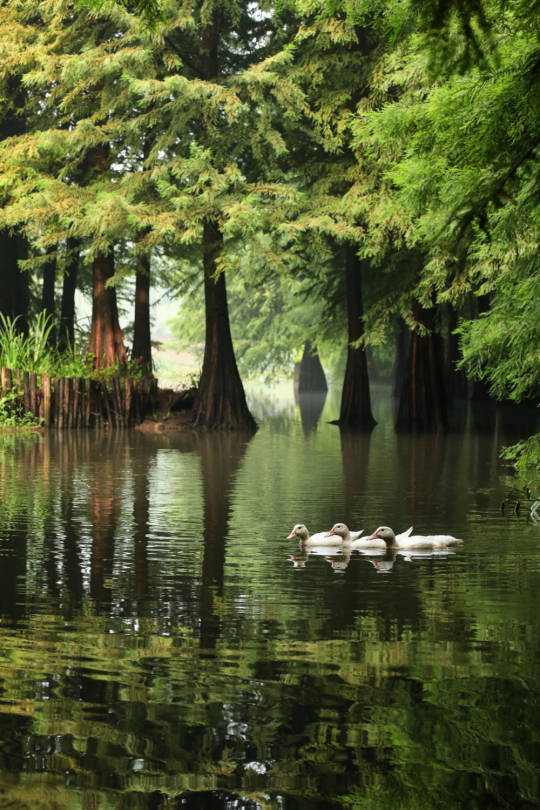
by Mr.Liu
#landscape#ducks#birds#trees#forest#lake#nature#naturecore#green#water#reflection#vertical#curators on tumblr#uploads
1K notes
·
View notes
